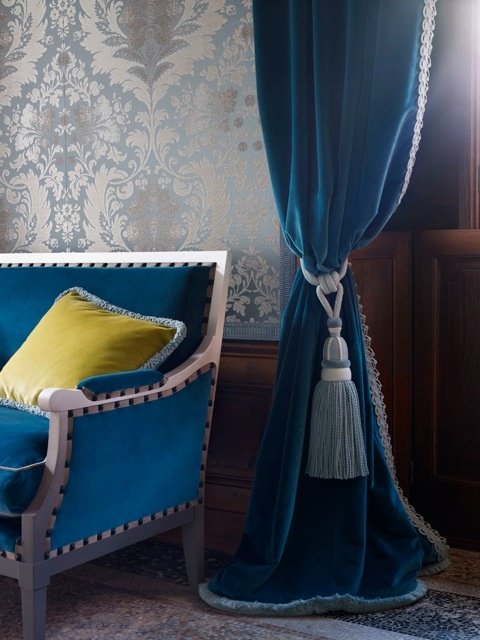Blue Velvet
What comes to mind when you hear the word velvet? My association, which will probably forever remain a bitter song from David Lynch’s film “Blue velvet”, performed by the irresistible Isabella Rossellini:
She wore blue velvet
Bluer than velvet was the night
Softer than satin was the light
From the stars….
And that is exactly what velvet is, simply exceptional and irresistible.
It was originally a hair fabric made for centuries, where the tips of thick hair exceed the area of the basic weave by 1 to 2 mm. The first velvet weavers’ guild was founded in 1247 in Italy. Originally, velvet was made only of silk and was considered a purely luxurious item that only very wealthy customers could afford. Over time, velvet began to be made of cotton in the 19th century, and in the second half of the 20th century, man-made fibers were also made.
Velvet can be smooth or refined into plastic patterns thanks to firing (punching) or embossing (embossing). But what property velvet always remains is its beautiful flowability, softness to the touch and the warmth of the fabric. The velvet in the interior warms up and slows down the energy. We like to use it in the interior both as a upholstery fabric, at the same time it is a very beautiful and luxurious material for curtains and decorative pillows. When we combine it with braids, fringes or trimmings, it is always an irresistible gem.



